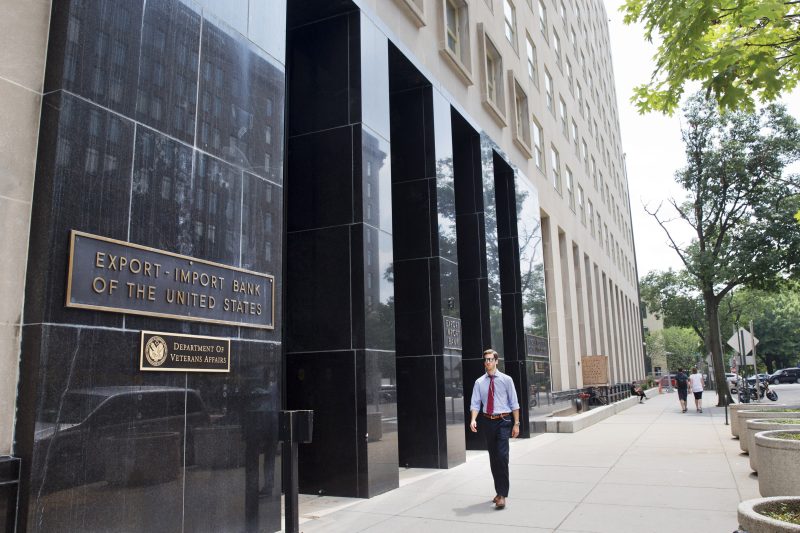Federal Workplaces Trends: An Analysis of the Social Security Administration and the Export-Import Bank
The Social Security Administration (SSA) and the Export-Import Bank are vital federal institutions that play crucial roles in the functioning of the United States government. Despite their importance, both agencies have been subjected to scrutiny and criticism regarding their workplace environments. Recent surveys have shed light on the internal workings of these organizations, revealing areas of concern that need to be addressed for overall improvement.
The SSA, responsible for administering Social Security benefits, has long been plagued by issues related to employee morale and job satisfaction. A recent survey reported by Federal News Radio shows the agency ranking near the bottom of the list in terms of federal workplace satisfaction. Employees expressed discontent with leadership communication, recognition of achievements, and opportunities for career advancement.
Similarly, the Export-Import Bank, which provides financial assistance to facilitate U.S. exports, has faced challenges in creating a positive work environment. The agency’s ranking in the Best Places to Work in the Federal Government report highlights issues such as communication and empowerment, with employees feeling undervalued and lacking trust in leadership.
One common thread between the SSA and the Export-Import Bank is the need for improved communication strategies within the organizations. Effective communication is crucial for fostering a transparent and collaborative work environment, where employees feel informed and engaged. This includes regular updates from management, opportunities for feedback, and clear channels for dialogue between all levels of the organization.
Recognition and reward systems also play a significant role in boosting employee morale and motivation. Both agencies need to establish formal mechanisms to acknowledge and appreciate the hard work and dedication of their staff members. Celebrating achievements, providing incentives for outstanding performance, and creating a culture of recognition can help instill a sense of pride and value among employees.
Professional development and career advancement opportunities are essential components for employee satisfaction and retention. Training programs, mentorship initiatives, and pathways for advancement should be clearly outlined and accessible to all employees. Investing in the growth and development of staff members not only benefits the individual but also enhances the overall capabilities and effectiveness of the organization.
In conclusion, the Social Security Administration and the Export-Import Bank face challenges in creating positive workplace environments that promote employee well-being and productivity. By addressing issues such as communication, recognition, and professional development, these agencies can strive towards fostering a culture of excellence and empowerment. It is essential for federal institutions to prioritize the well-being of their workforce, as engaged and satisfied employees are the cornerstone of organizational success.



























